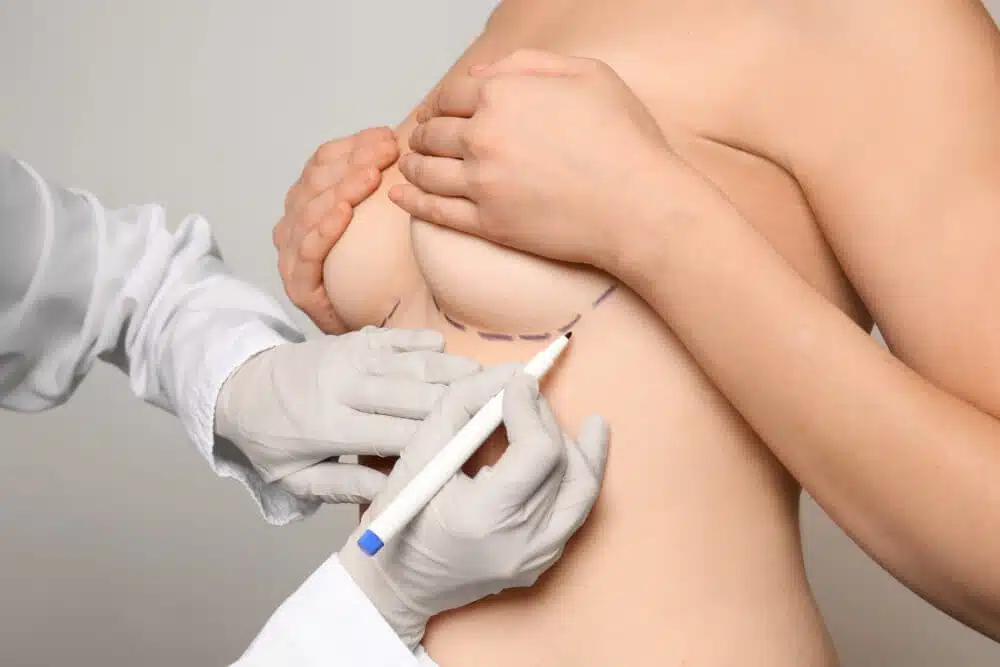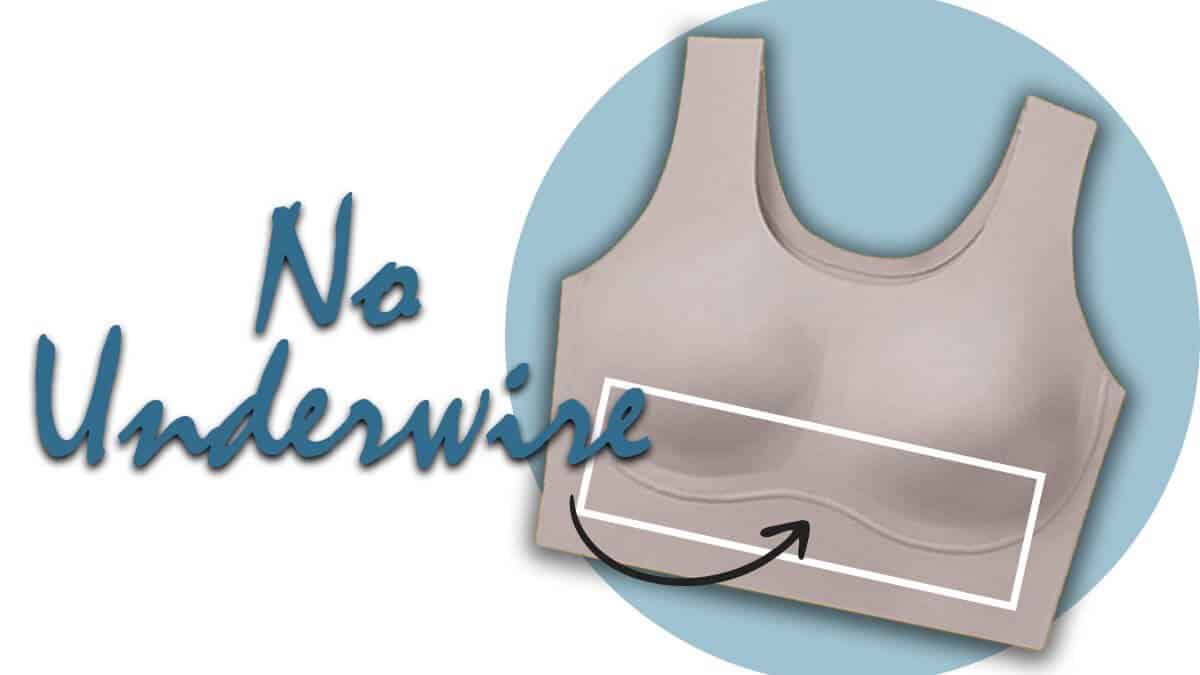10 Tips to Ensure Scars Look Great After Breast Augmentation
January 15, 2022

Minimizing breast augmentation scars is an important concern for everyone at Perimeter Plastic Surgery. We use a range of strategies to minimize scar growth and reduce the appearance of any post-surgical marks. Explore our top tips to ensure beautiful results and reduce the look of scars after your Atlanta breast augmentation.
1. Wear Supportive Bras
Supportive undergarments are one of the best scar treatments available. The proper bra will support your breasts while you heal from your procedure. A good bra also protects your scar while it heals by reducing stress on your breasts. Your surgical team will help you choose the best bra for your ideal results.
We never recommend underwire bras while you’re still healing. The wires often rub against your scars, causing more scar tissue to develop. Instead, we’ll suggest post-surgical bras that offer strong but soft support. Depending on your unique healing process, you can expect to wear this bra for up to six months after your procedure.

2. Apply Creams
Creams and lotions keep your scar soft and moisturized, giving it the best possible healing environment. Creams also offer other useful benefits. The timely cream application helps you stay comfortable by reducing unpleasant dryness or itching. Creams can also reduce your chance of infection and give you a faster recovery process.
We may recommend the following creams to fight breast augmentation scarring:
- bioCorneum® cream. This product hydrates the scarred area, creates an environment that allows the scar to mature through normal collagen synthesis cycles and improves the appearance of the scar. We offer the bioCorneum® product at our practice.
- Anti-bacterial cream. These creams help prevent infection that could irritate your scar or cause it to grow in size. Every scar heals in its own unique way, so follow our post-procedure instructions closely. Not all patients need anti-bacterial cream.
- Softening cream. Once your wounds have fully healed, softening creams keep your skin pliable and hydrated. These creams help you feel better while you recover and may prevent scars from becoming obvious.
3. Use Therapeutic Silicone Treatments
Modern silicone scar treatments provide powerful healing benefits that help your body form softer, flatter scars. Available as strips and in liquid form, silicone treatments are breathable barriers that fight bacteria, itching, irritation, and sweat accumulation. Silicone products make the healing process more comfortable and productive. We often recommend patients use silicone treatments beginning two to three weeks after their procedure.
4. Try Gentle Massage
Delicate massage can help flatten and soften scars by distributing collagen, increasing blood flow, and reducing swelling. Apply lotion or oil to your scars, then gently massage the area to improve the healing process. Massage encourages the collagen in your scar to distribute throughout your body instead of building up in one area. Wait until your scabs have fully fallen off before trying massage.
5. Don’t Smoke
Smoking is an overall risk to your health and can cause problems after breast augmentation surgery. Smoking reduces blood flow as well as the oxygen content in your bloodstream. Your healing incisions need as much healthy blood flow and oxygen as possible to minimize scar development. Smoking also keeps your white blood cells from effectively fighting infection. It’s hard for scars to heal well once they’re infected.
6. Eat Well
Every scar heals at its own pace, but proper nutrition will boost your immune system. Focus on eating a well-balanced diet that provides a range of vitamins, minerals, and nutrients. Your body uses protein to repair injured tissues, so don’t forget to get enough high-quality protein as you heal.
7. Stay Hydrated
Drink plenty of water during the healing process. Staying hydrated helps your skin’s elasticity so it can heal beautifully. Water also plays an important part in healing. Your body uses fluid to deliver nutrients and oxygen to your incisions as they heal.
8. Avoid Direct Sunlight
UV radiation is especially dangerous to healing skin. New scar tissue is delicate and doesn’t have the same levels of protection that the rest of your body enjoys. Direct sunlight can make your scars look darker and more prominent. Healing scars also sunburn easily. Keep your scars covered while they’re healing. If that’s not possible, use a top-quality mineral sunscreen with a high SPF during any sun exposure.
9. Wait Before Exercise
Exercise is a healthy habit, but it’s important to give yourself time to heal before hitting the gym again. Wait for your doctor’s approval before starting to work out after your procedure. We want to avoid any activities that could put stress on your scar. Depending on how your scars heal, you may be approved to do gentle exercise a few weeks after your procedure. We’ll gradually add more intensity as you continue to progress.
10. Keep Your Wound Dry
Therapeutic moisture will help your scar heal, but your wound shouldn’t be kept wet. Use creams, lotions, and silicone treatments to keep your scar moist. Avoid swimming, hot tubs, long showers, and anything else that keeps your wound wet. Change into a dry bra as soon as possible if yours gets sweaty or damp for any reason.
Enjoy The Best Results From Your Breast Augmentation
Any surgical procedure has the potential to scar, but these scars can be reduced with proper aftercare. Use these tips from your Perimeter Plastic Surgery team to minimize breast augmentation scars and enjoy a lifetime of beautiful results.

